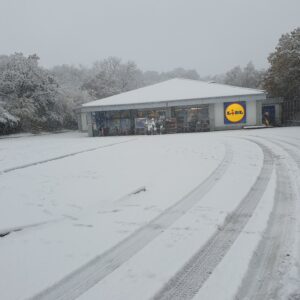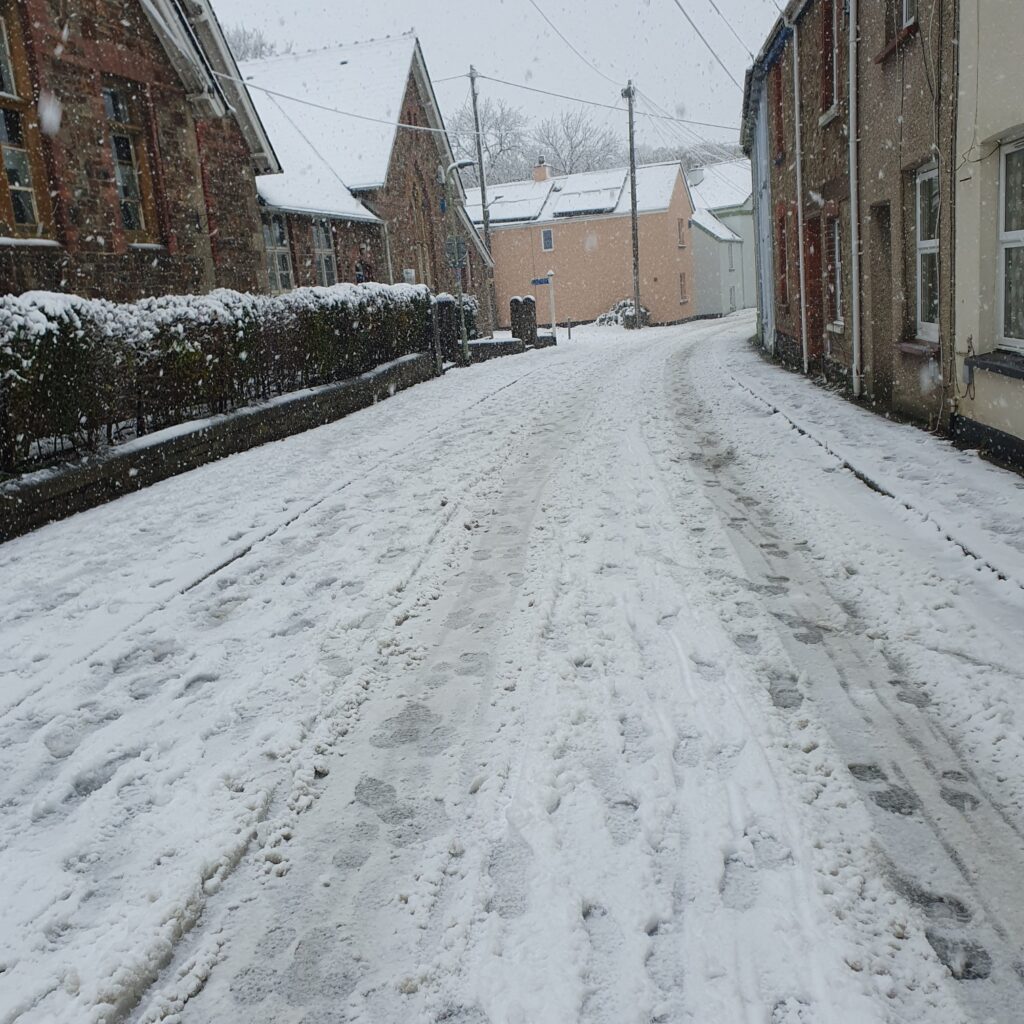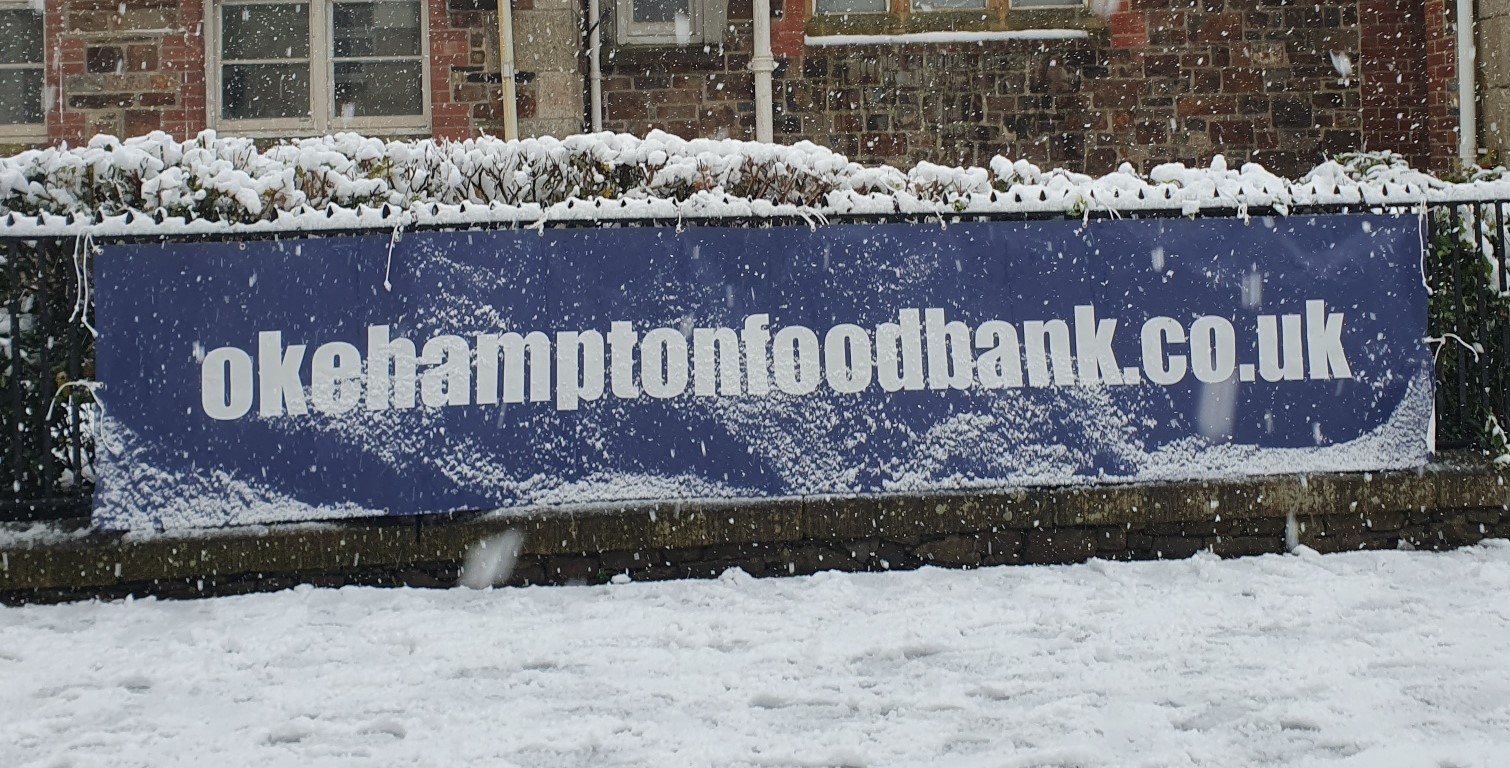The Okehampton Food Bank demonstrated true community spirit this week, as they opened their doors on Thursday despite the challenging winter weather conditions.

Although the town was blanketed in a heavy layer of snow, Malcolm, a dedicated volunteer at the food bank, was adamant not to let the inclement weather deter them from fulfilling their mission to support local families in need.
Julie from the Ockment Community Centre, also trudged through heavy snow to ensure the food bank could access its vital supply of resources stored onsite.
Thanks to these efforts struggling households in Okehampton were able to receive the nourishing food and essential supplies they rely on, a true testament to the power of community in action.

Even in the face of adversity posed by the unexpected snowstorm, the Okehampton Food Bank working with The Ockment Community Centre rose to the occasion, braving the elements to deliver hope and sustenance to those who needed it most, underlining the profound impact that selfless community service can have, especially during the most challenging of times.


